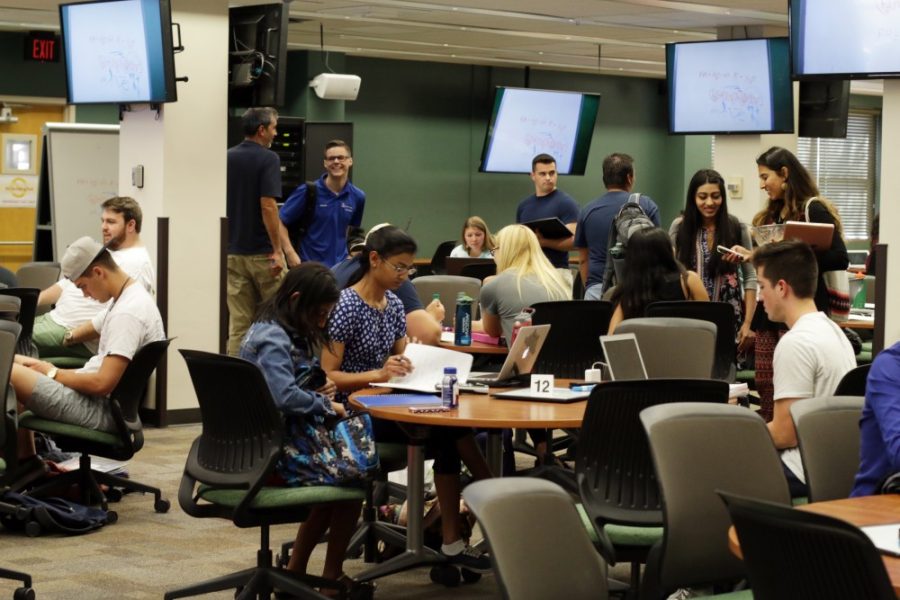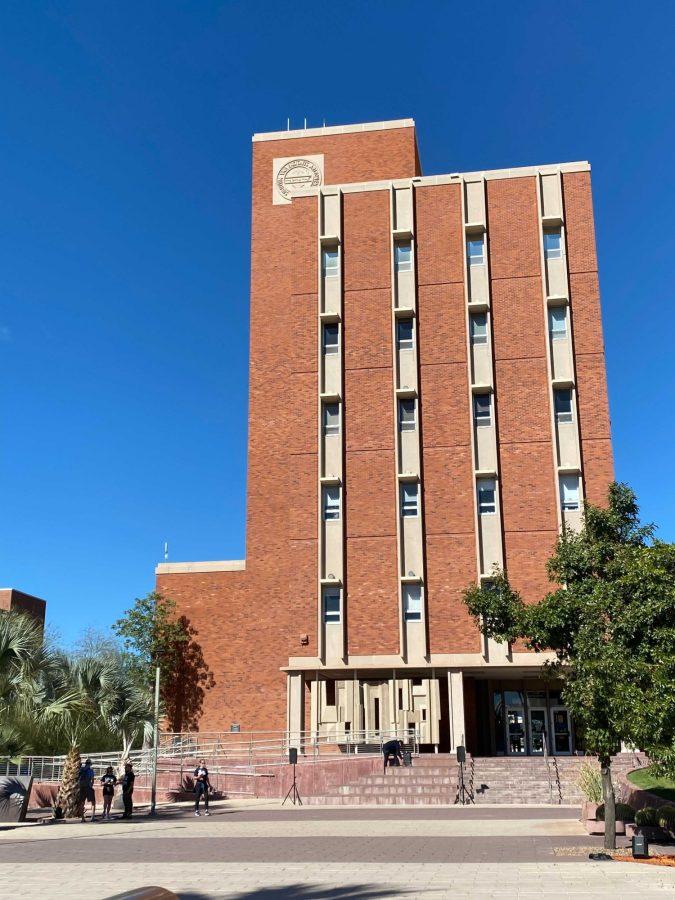The UA is a Tier-1 research institution that receives around $650 million in research funding per year. It’s even ranked No. 2 on the admissions top-10 reasons to attend the UA list, but that research wasn’t openly available to everyone — until now.
The UA Faculty Senate approved a new policy earlier this month that will expand access to UA research.
UA Faculty Chair and regents professor in the psychology department Lynn Nadel said the purpose of this policy is to make research more accessible by setting up and maintaining an archive or repository, so everyone can have access to research that faculty members publish.
Nadel said there are obstacles with making research so easily accessible. When a researcher submits materials to a journal, they will typically have to sign over copyrights as well, so there are complications between the economics of publications and the access of academic publishing.
Vice Deanc of Universities Libraries and member of the open access task force the Faculty Senate, Shan Sutton said via email that the task force reviewed what other faculties and universities have done to expand access to research findings.
Sutton added that the task force recommended an open access policy which covers journal articles, and is similar to those passed by faculty senates at peer institutions.
“Under the policy, UA faculty members continue to choose the journals in which they publish and the policy expresses an expectation that they also deposit the final accepted manuscript versions of those articles into the UA Campus Repository, through which they will made made freely accessible to the public on the web,” Sutton said. “If the journal publisher only allows public access to these manuscript versions after a set amount of time — an embargo — then access is delayed until the embargo expires.”
Sutton said when he was the associate university librarian at Oregon State Universityc, he helped develop and implement an open access policy. He experienced first hand how this approach can expand research to faculty scholarship and enhance its impact.
Nadel said this isn’t a big deal in the sense that it’s a very simple idea that has very few downsides associated with it.
“The policy is important because most of the articles published by UA faculty members are in subscription-based journals that are only accessible to people associated with those academic institutions that can afford the subscription costs,” Sutton said.
For Sutton, making the manuscript versions of these articles open access, which are typically the same text as the published version, UA research can reach a wider audience.
“This is especially important for a public, land grant university that has a mission largely based on providing education and related benefits to the citizens of Arizona and the general public,” Sutton said.
The UA libraries will primarily be taking responsibility for implementing the policy, according to Sutton.
“We are currently setting up the workflows, technological tools and staffing models to support the full implementation of the policy,” Sutton said. “This essentially involves tracking new articles published by UA faculty, monitoring publisher policies on article manuscript deposits and embargoes, requesting the article manuscripts from faculty members when they publish a new article, preserving the manuscripts once they are deposited into the repository, making them accessible in the repository, and supporting download statistics so authors can see how often and from where the manuscripts have been accessed.”
Sutton added that some faculty members have already been proactively contacting them with an interest in learning how to deposit since the policy’s passage on April 4.
Follow Chastity Laskey on Twitter.









